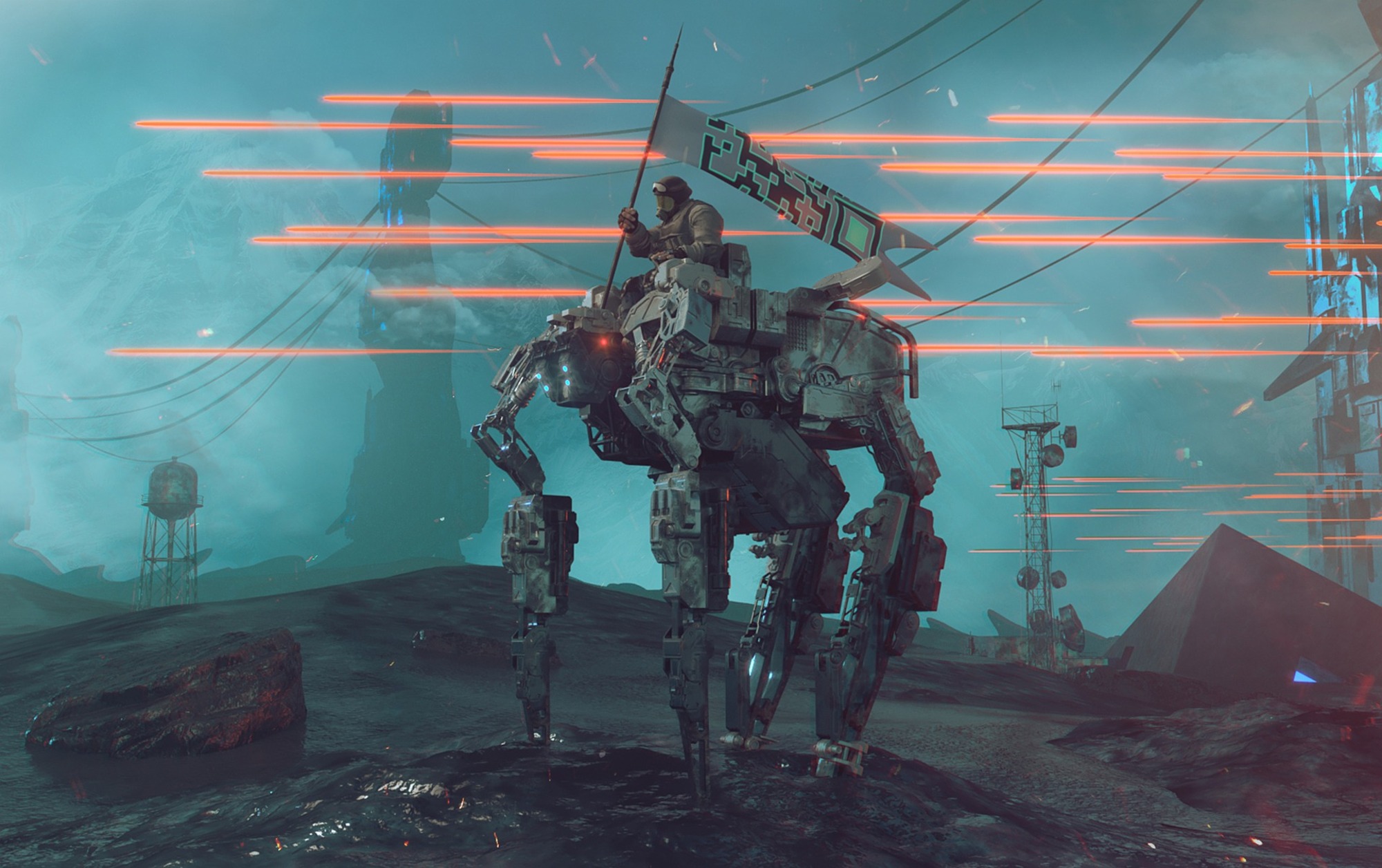Video games represent a convergence of art and science, with graphics being the initial visual impression for players. Choosing the right game art style is a crucial decision for game developers, and this article aims to introduce various styles, provide examples, and assist in the decision-making process.
Picking a Game Art Style
While selecting a game art style can be challenging, the following steps can guide developers in making informed decisions:
Learn About Different Styles
Gain knowledge about the various game art styles introduced in the article. Understand the visual characteristics and aesthetics associated with each style.
Consider Key Questions
Budget/Resources:
Assess the available resources and budget for game development. Understand that a well-crafted game trailer can significantly impact the success of an indie game.
Essence of the Game
Align the art style with the core nature of the game. Consider the pace, atmosphere, and requirements of the game’s visual representation.
Target Audience
Identify the expectations of the target audience. Put yourself in the audience’s perspective to align the style with their preferences.
Technical Limitations
Provide necessary information to the game art studio regarding technical constraints. Let the tech art director handle the technical aspects.
Unique Selling Points
Identify the distinctive features of the game, such as gameplay mechanics or storytelling. Choose a style that complements and enhances the game’s unique selling points.
Emotional Impact
Consider the emotions and atmosphere the game aims to evoke. Use colors, environments, and visuals to create the desired emotional experience.
3D Game Art Design
3D game art involves the three-dimensional depiction of characters, environments, and objects in terms of height, length, and width. This style is suitable for:
- Creating movable items and realistic settings for lifelike gaming experiences.
- Allowing exploration of in-game surroundings from various angles.
- Increasing player involvement through exciting aesthetics and immersive settings.
Most Common 3D Game Art Styles
- Realism: Realism is a style that stays true to the actual appearance of objects. It is a favorite style in AAA games, offering high-quality graphics and realistic depictions. Complex fantasy landscapes, creatures, and textures require substantial time and resources. Examples: Red Dead Redemption 2, Uncharted 4: A Thief’s End.
- Fantasy Realism: Fantasy realism combines the grandeur of fantasy with the aesthetic beauty of realism. This style presents highly realistic visuals that go beyond what is possible in reality. Games in this genre depict fantastical elements, such as knights and dragons, with stunning realism. Examples: The Elder Scrolls V: Skyrim, Cyberpunk 2077, The Witcher 3: Wild Hunt.
- Low Poly: Low poly art is a newer yet popular style where artists use polygons to create 2D materials without relying on textures. This style embraces simplicity, featuring geometrical shapes. Despite its apparent simplicity, creating unique designs for each object or character in a game with numerous assets requires time and skill. Examples: Monument Valley.
- Hand-Painted: Hand-painted art style creates an impression of entering a living painting. It features brilliant colors, brushstroke-like textures, and fantastical landscapes. The result is visually appealing and reminiscent of an oil painting. Examples: Memories Retold.
- Cartoon: Cartoon art styles provide a fun and eye-catching experience, featuring oversized characters, vivid colors, and expressive animations. Achieving the right balance between readability and stylization can be challenging, especially when depicting relationships and emotions.
Most Common 2D Game Art Styles
- Flat: Embracing minimalism and clear lines, flat design creates visually magnificent settings and endearing characters. Its benefits include simplicity, minimalism, and a clean appearance, making it suitable for expressing moods or emphasizing gaming components.
- Vector: Vector art features sharp edges and can be resized without losing quality. This style offers versatility in asset creation, making it suitable for 2D projects or mobile games with different resolutions.
- Geometric Art: Using geometric shapes, this art style creates an environment where players control shapes to interact with the game. Games like Thomas Was Alone celebrate the elegance and simplicity of geometry.
- Pixel: Pixel art, known for its retro style, evokes nostalgia and holds a unique place in gamers’ hearts. Games like Hotline Miami and Stardew Valley use pixel art for its blocky figures and nostalgic environments.
- Cartoon: The cartoon art style brings characters to life with vibrant colors, exaggerated dimensions, and a joyful ambiance. Games like Team Fortress 2 showcase the animated joy of the cartoon style.
- Cel Shading: Cel-shaded art styles create a living comic book appearance with flat colors and sharp contours. The Legend of Zelda: The Wind Waker utilizes cel shading to achieve a hand-drawn or comic book-like look.
- Monochromatic: Monochromatic art style uses a single base color (black or white) and different shades of it. Some variations include using different shades of a single color (e.g., green, orange). This style offers a distinct visual experience.
Conclusion
3D game art styles cater to different preferences and gaming experiences, offering a range of visual aesthetics from realism to fantasy and from simplicity to vibrant cartoons. Each style contributes to the overall design and atmosphere of the game, influencing player engagement and enjoyment.
2D game art styles contributes a unique charm to the gaming world, offering developers a range of options to enhance the visual aesthetics of their games. Understanding the characteristics of each style can help game developers make informed decisions based on their game’s theme, audience, and desired atmosphere.


